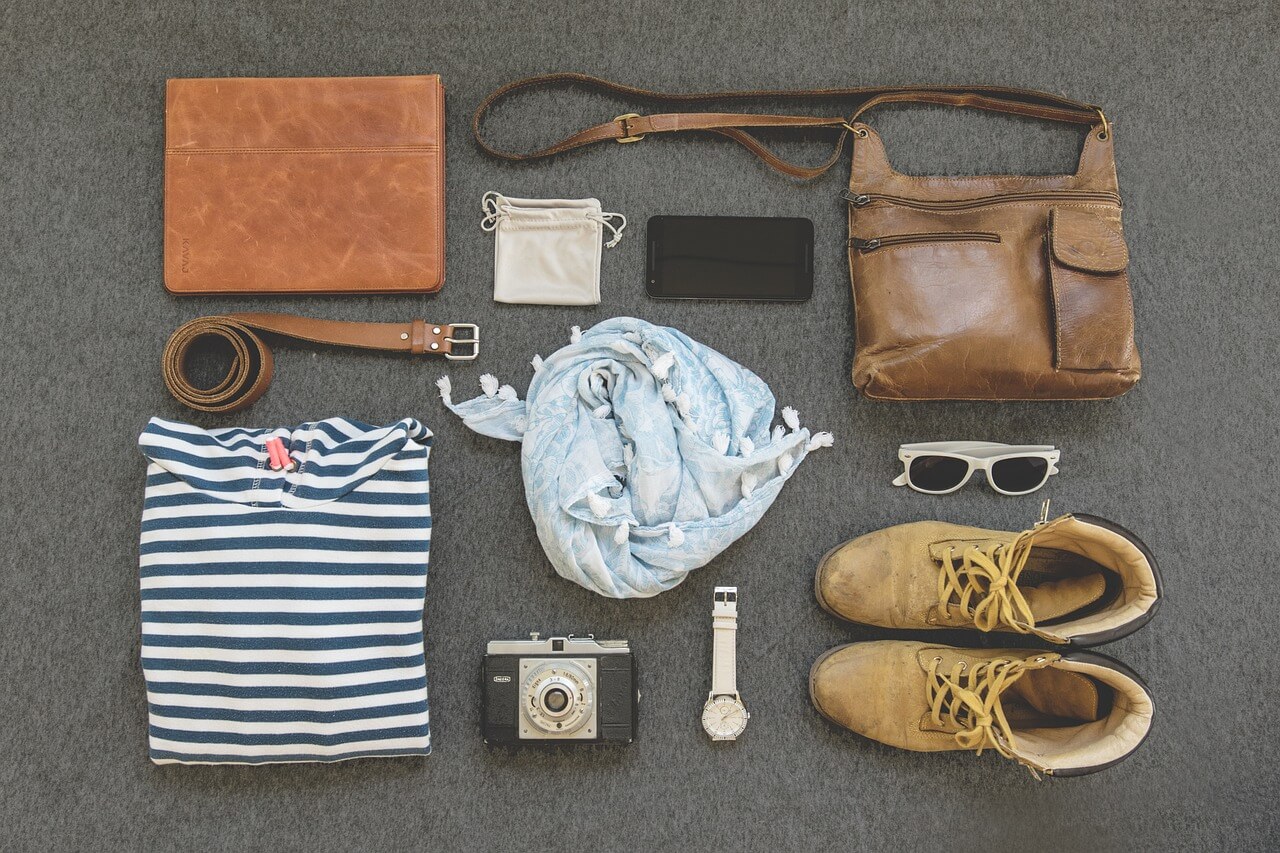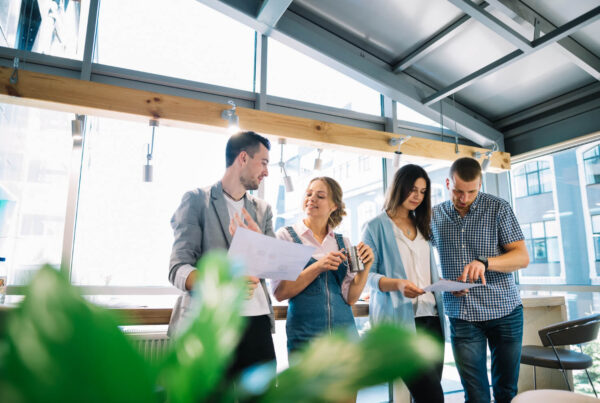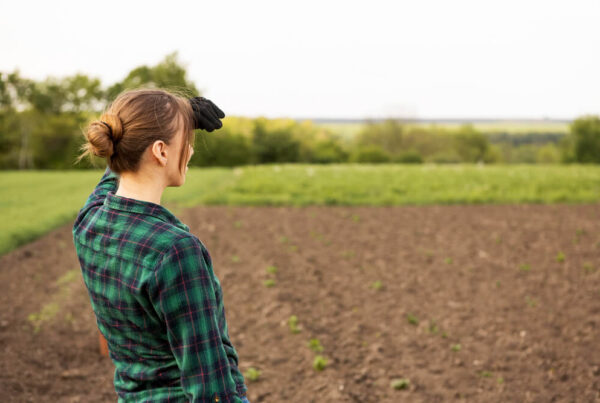When it comes to shopping for things like clothes, cars, electronics and more, oftentimes and unfortunately, the go-to tends to be buying them new. It’s convenient to go to a big store and picking up these items. But what is the cost? If you’re newbie to buying used cars or electronics and are unsure if it’s right for you, we break down the benefits of buying used goods here.
Save your money
One of the most obvious and well-known benefits of buying used goods is the cost savings. You can often find secondhand goods up to 50% cheaper than you could if you were buying new. When you consider that Americans spend over a trillion dollars annually on nonessential goods, those savings can add up.
Whether you’re shopping for clothes, furniture, electronics, textile, or most anything, you’ll be able to find quality items at lower prices than if you bought them brand new. You can also find name brand clothing, shoes, and more for a fraction of the cost. Who doesn’t want to get designer items at a discount? As an added bonus, by spending less, your dollar goes further.
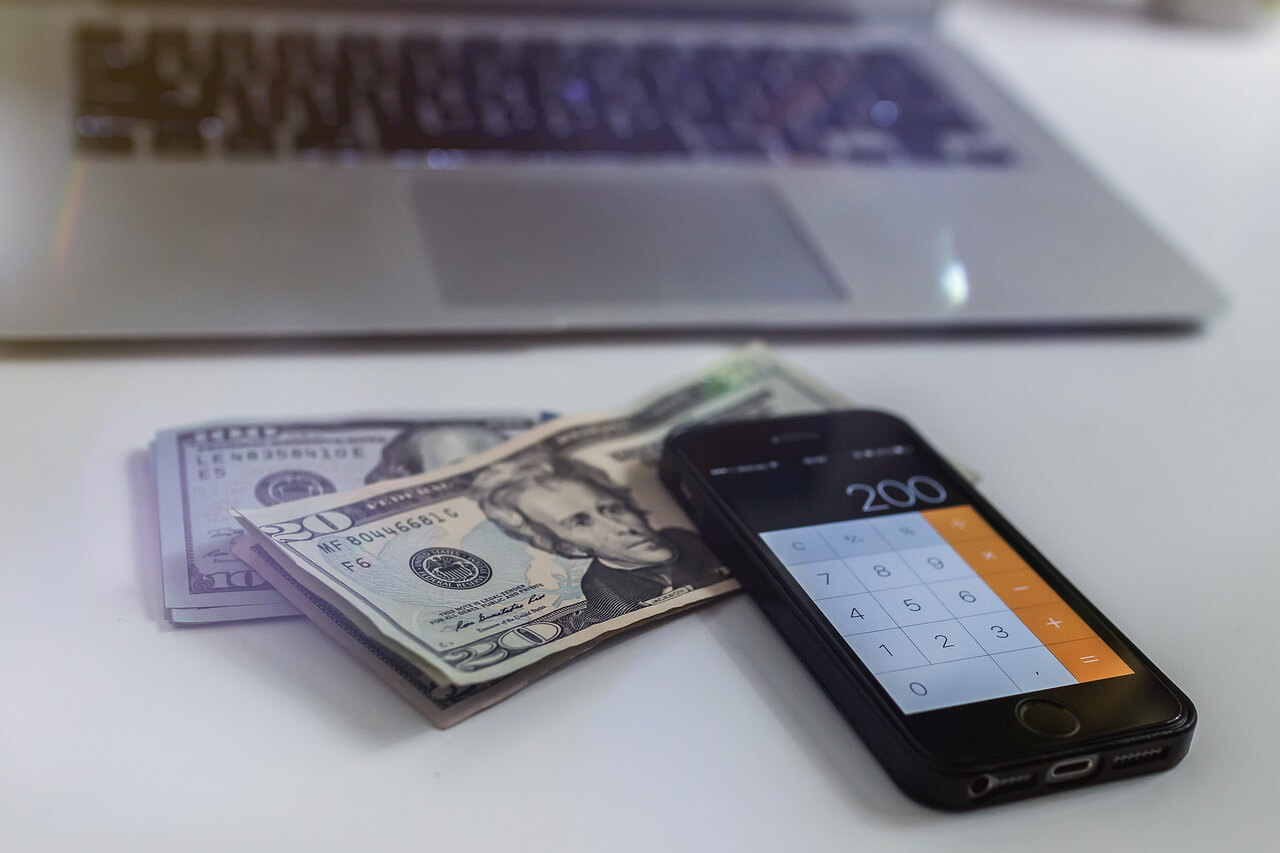
Helping the environment and preserving natural resources
When you think about the resources that go into creating new products, it isn’t just the labor and materials. Energy and natural resources go into creating the packaging that typically accompanies the new product. Each product that is manufactured is responsible for some level of depletion of natural resources. Whether that’s excavating oil, mining metals, clearcutting forests, farming cotton, or pumping water.
Buying secondhand goods means that the energy and natural resources that went into creating those goods have already been used. So, you’re not creating a demand for new items that require additional energy or deplete even more natural resources.
Last but certainly not least, when you buy used you’re giving those items a second life and saving them from being thrown out. Too often people think of waste reduction and recycling in terms of bottles, cans, and plastics when the reality is our wardrobes and other household items are big contributors to what ends up in the trash.
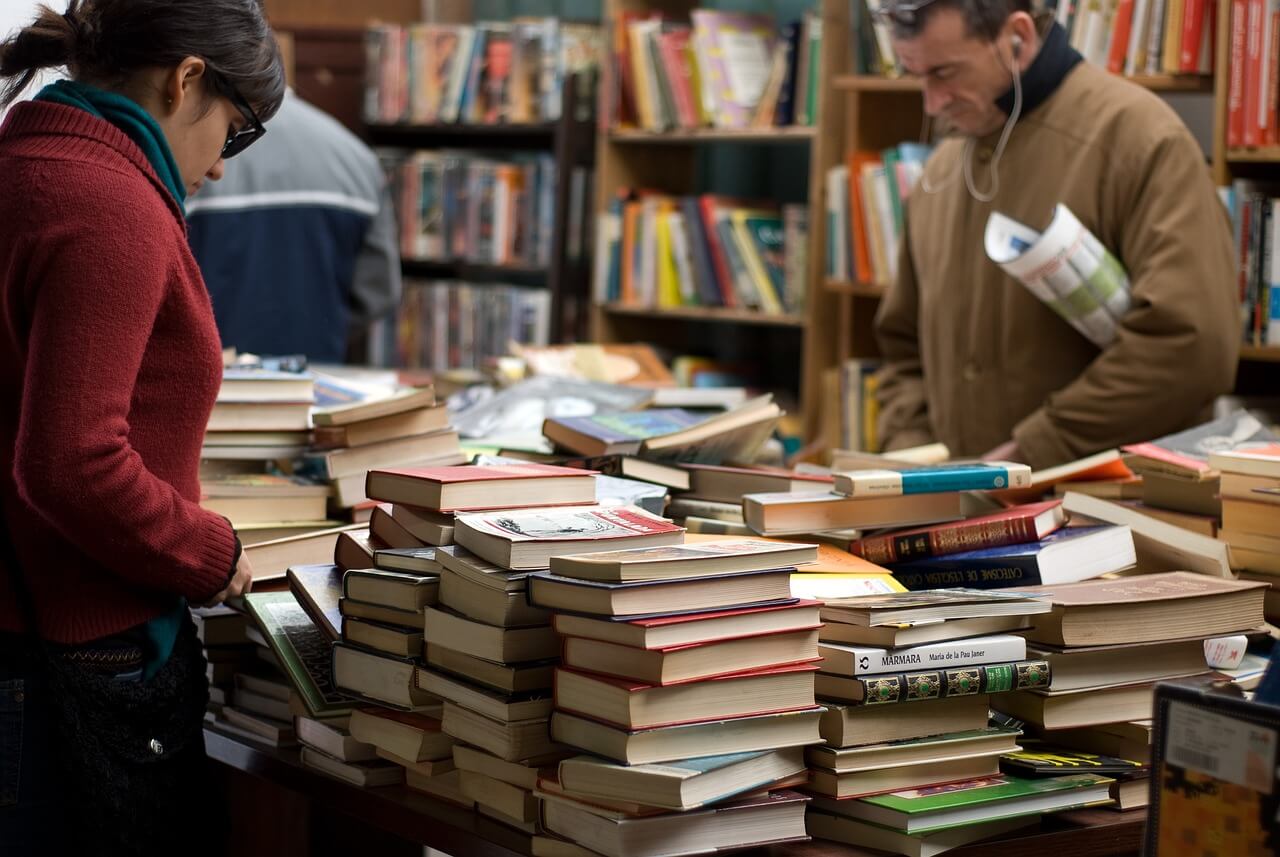
Supporting local businesses
Whether you’re buying from a thrift store, consignment shop, vintage store, your neighbor who posted secondhand goods on social media, or a pop-up market down the street, the dollars you spend stay in the neighborhood and aren’t off to the nearest big-box store’s headquarters.
In fact, thrift stores are often a fundraising extension of a non-profit. So not only can you feel good about saving money and the environment, depending on where you shop, you’ll also be supporting local causes.
But buying used isn’t just about supporting your budget, non-profits and the planet, you’re also supporting local businesses and helping your local economy.
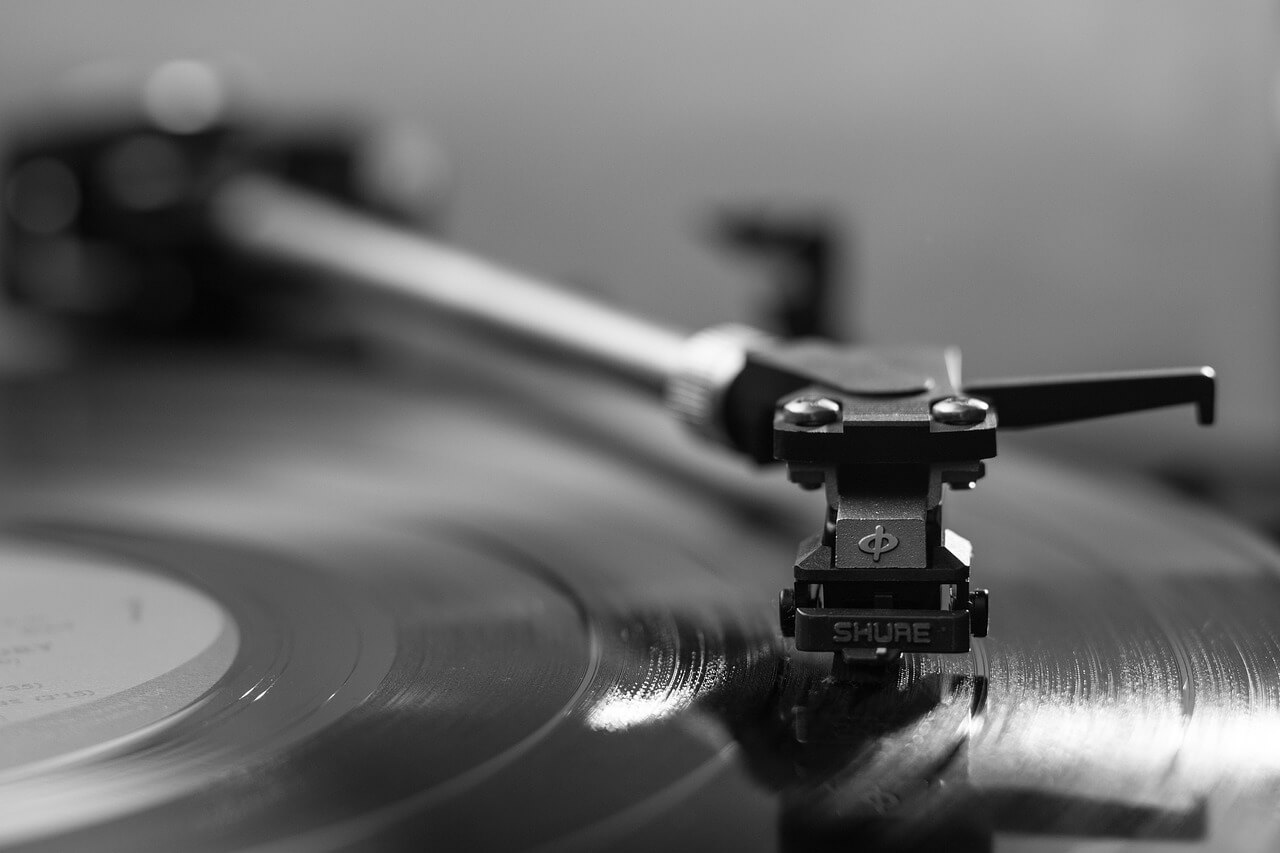
Finding unique items
Now that you know the big benefits of buying secondhand, it’s time for the really fun part! Half of the fun of thrift shopping, browsing consignment shops, or venturing into a vintage store is the thrill of the hunt. Whether you’re searching for a new outfit to wear for date night, a fun piece of furniture for your house, your next must-read book or games for your kids, you’ll find unique, sometimes hard-to-find items.
When you buy new, you’re typically choosing from mass-produced items that you and your neighbors might all have. Why be like everyone else? Beyond the obvious benefits of buying used, you get the added bonus of owning items that you won’t find just anywhere. Imagine scoring a great armchair that’s perfect for reading all of your used books in, but maybe the fabric isn’t your favorite or could use a little facelift. By reupholstering secondhand furniture finds, or making DIY projects out of the used goods you buy, you’re creating pieces that are one-of-a-kind.
